POPULAR ARTICLES
Displaying 9 of 249 popular articles
BLACK FRIDAY IS ON
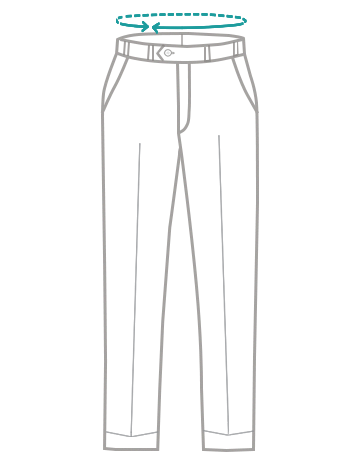
|
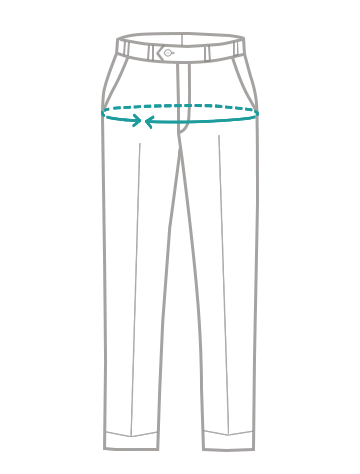
|
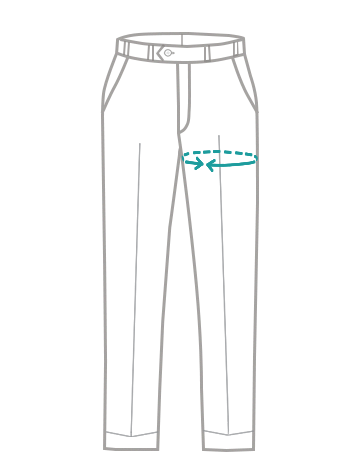
|
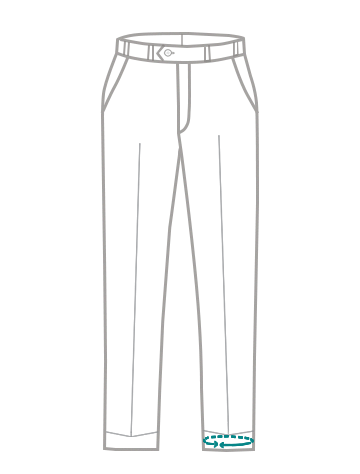
|
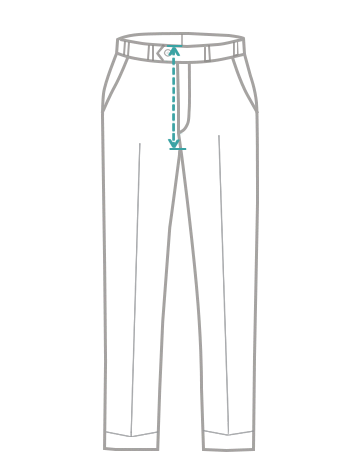
|
|
Size(US)
Choose the waist size you usually buy for your pants from a store. Your actual pants will measure a few inches more than the selected Size.
|
Waist Circumference
This will be the actual circumference of the waist, which will be your actual waist measurement measured with a measuring tape
|
Pant Hip | Pant Thighs | Leg Opening | Front Rise |
| 30 | 32 | 37 | 23.5 | 14 | 10.5 |
| 32 | 34 | 39 | 25 | 14.5 | 10.75 |
| 34 | 36 | 42.5 | 25.5 | 15 | 11 |
| 36 | 38 | 44.5 | 26.5 | 15.5 | 11 |
| 38 | 40 | 46.5 | 27.5 | 16.5 | 11.5 |
| 40 | 42 | 48.5 | 28.5 | 16.5 | 12 |
| 42 | 44 | 50.5 | 29.5 | 17 | 12.5 |
| 44 | 46 | 53.5 | 30.5 | 17 | 12.5 |
| 46 | 48 | 55.5 | 31.5 | 18 | 13 |
| 48 | 50.5 | 58 | 33 | 18 | 13.5 |
| 50 | 52.5 | 60 | 34.5 | 18.5 | 13.75 |
| 52 | 54.5 | 62 | 36 | 19 | 14 |
| 54 | 56.5 | 64 | 38 | 19.5 | 14.5 |
| 56 | 58.5 | 66 | 40 | 19.5 | 14.75 |
| 58 | 60.5 | 68 | 40 | 20 | 15 |
| 60 | 62.5 | 70 | 40.5 | 20 | 15.25 |
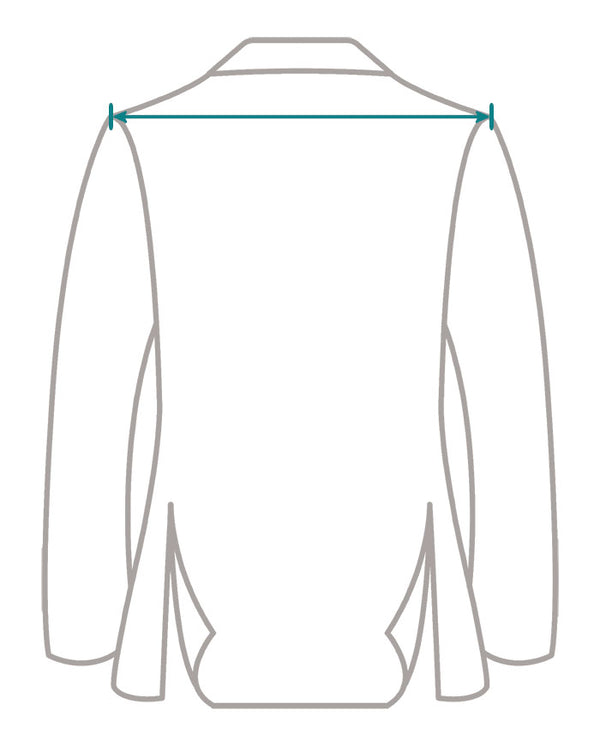
|
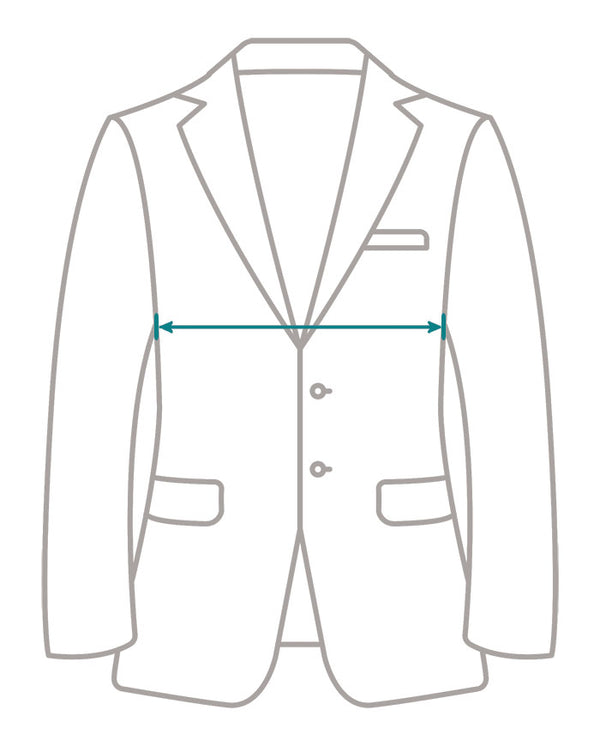
|
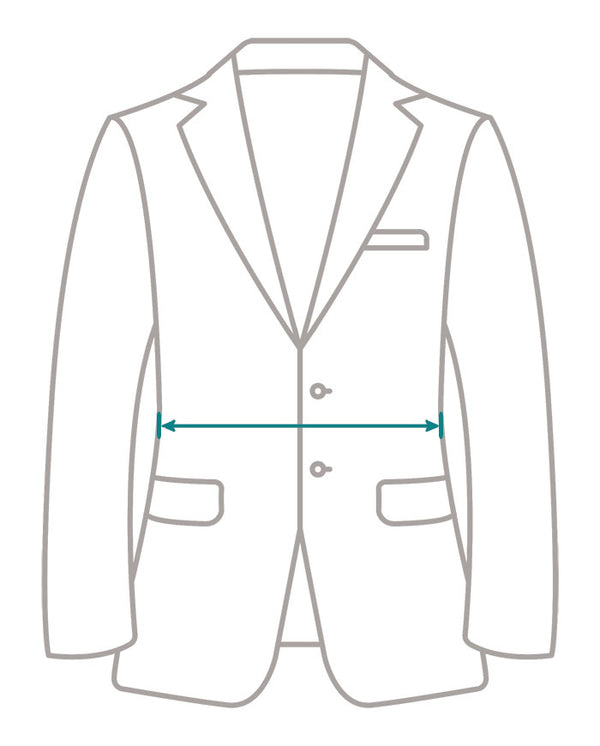
|
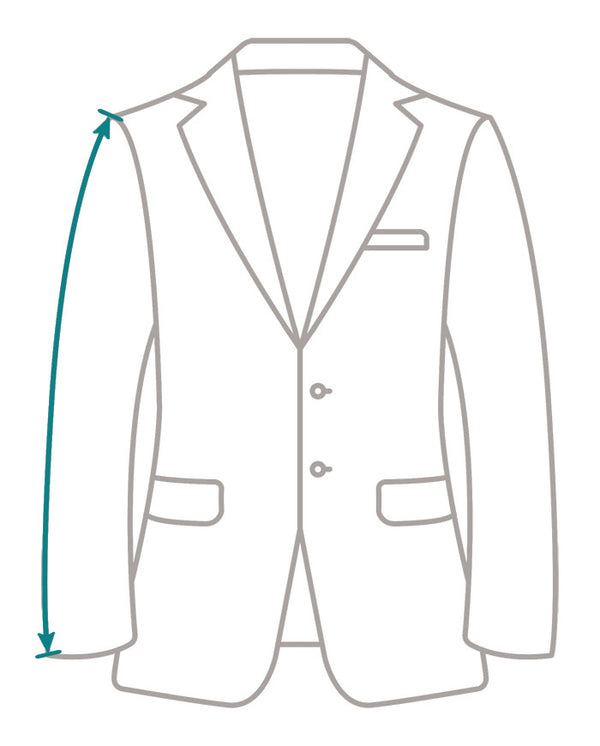
|
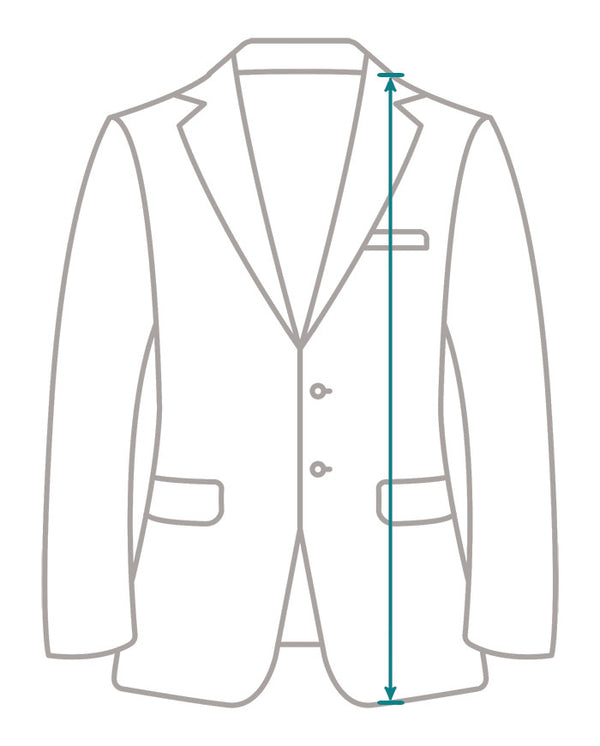
|
|
Size(US)
To determine the best size for you, measure your chest and choose the size that corresponds to your measurement. If you are in between sizes, we recommend going up a size for a better fit.
|
Shoulder |
Chest (All round) These measurements refer to the chest area of the Jacket
|
Stomach (All round) These measurements refer to the waist area of the Jacket
|
Sleeve Length | Jacket Length |
| 36 | 17.5 | 39 | 36.5 | 23.5 | 28 |
| 38 | 18 | 41 | 38.5 | 23.5 | 28 |
| 40 | 18 | 43 | 40.5 | 23.5 | 29 |
| 42 | 18.5 | 45 | 42.5 | 24 | 29.5 |
| 44 | 19 | 47 | 44.5 | 24.25 | 30 |
| 46 | 19.5 | 49 | 46.5 | 24.5 | 30.5 |
| 48 | 20 | 51 | 48.5 | 25 | 31.5 |
| 50 | 20.5 | 53 | 51 | 25.5 | 31.5 |
| 52 | 21 | 55 | 53 | 25.5 | 32 |
| 54 | 21 | 57 | 55 | 25.75 | 32 |
| 56 | 22 | 59 | 57 | 25.75 | 32.5 |
| 58 | 22.5 | 61 | 59 | 26 | 33 |
| 60 | 23 | 63 | 61 | 26 | 33 |
| 62 | 23.5 | 65 | 63 | 26 | 33 |
|
Size(US)
To determine the best size for you, measure your chest and choose the size that corresponds to your measurement. If you are in between sizes, we recommend going up a size for a better fit.
|
Shoulder |
Chest (All round) These measurements refer to the chest area of the Jacket
|
Stomach (All round) These measurements refer to the waist area of the Jacket
|
Sleeve Length | Jacket Length |
| 36 | 17.5 | 39 | 36.5 | 24 | 29 |
| 38 | 18 | 41 | 38.5 | 24.25 | 29 |
| 40 | 18 | 43 | 40.5 | 24.5 | 29.5 |
| 42 | 18.5 | 45 | 42.5 | 25 | 30 |
| 44 | 19 | 47 | 44.5 | 25.25 | 31 |
| 46 | 19.5 | 49 | 46.5 | 25.5 | 31.5 |
| 48 | 20 | 51 | 48.5 | 25.5 | 32 |
| 50 | 20.5 | 53 | 51 | 26 | 32.5 |
| 52 | 21 | 55 | 53 | 26 | 33 |
| 54 | 21 | 57 | 55 | 26.5 | 33 |
| 56 | 22 | 59 | 57 | 26.5 | 33.5 |
| 58 | 22.5 | 61 | 59 | 26.5 | 34 |
| 60 | 23 | 63 | 61 | 26.5 | 34 |
| 62 | 23.5 | 65 | 63 | 27 | 34 |
|
Size(US)
To determine the best size for you, measure your chest and choose the size that corresponds to your measurement. If you are in between sizes, we recommend going up a size for a better fit.
|
Shoulder |
Chest (All round) These measurements refer to the chest area of the Jacket
|
Stomach (All round) These measurements refer to the waist area of the Jacket
|
Sleeve Length | Jacket Length |
| 36 | 17.5 | 39 | 36.5 | 24.75 | 29.5 |
| 38 | 18 | 41 | 38.5 | 25.25 | 29.5 |
| 40 | 18 | 43 | 40.5 | 25.5 | 31.5 |
| 42 | 18.5 | 45 | 42.5 | 26 | 31.5 |
| 44 | 19 | 47 | 44.5 | 26.25 | 32.5 |
| 46 | 19.5 | 49 | 46.5 | 26.5 | 33.5 |
| 48 | 20 | 51 | 48.5 | 27 | 33.5 |
| 50 | 20.5 | 53 | 51 | 27 | 34 |
| 52 | 21 | 55 | 53 | 27.5 | 34.5 |
| 54 | 21 | 57 | 55 | 27.5 | 34.5 |
| 56 | 22 | 59 | 57 | 27.5 | 35 |
| 58 | 22.5 | 61 | 59 | 27.5 | 35.5 |
| 60 | 23 | 63 | 61 | 27.5 | 35.5 |
| 62 | 23.5 | 65 | 63 | 27.5 | 35.5 |

|

|

|

|

|
|
Size(US)
To determine the best size for you, measure your chest and choose the size that corresponds to your measurement. If you are in between sizes, we recommend going up a size for a better fit.
|
Shoulder |
Chest (All round) These measurements refer to the chest area of the Jacket
|
Stomach (All round) These measurements refer to the waist area of the Jacket
|
Sleeve Length | Jacket Length |
| 36 | 17.5 | 39 | 36.5 | 23.5 | 28 |
| 38 | 18 | 41 | 38.5 | 23.5 | 28 |
| 40 | 18 | 43 | 40.5 | 23.5 | 29 |
| 42 | 18.5 | 45 | 42.5 | 24 | 29.5 |
| 44 | 19 | 47 | 44.5 | 24.25 | 30 |
| 46 | 19.5 | 49 | 46.5 | 24.5 | 30.5 |
| 48 | 20 | 51 | 48.5 | 25 | 31.5 |
| 50 | 20.5 | 53 | 51 | 25.5 | 31.5 |
| 52 | 21 | 55 | 53 | 25.5 | 32 |
| 54 | 21 | 57 | 55 | 25.75 | 32 |
| 56 | 22 | 59 | 57 | 25.75 | 32.5 |
| 58 | 22.5 | 61 | 59 | 26 | 33 |
| 60 | 23 | 63 | 61 | 26 | 33 |
| 62 | 23.5 | 65 | 63 | 26 | 33 |
|
Size(US)
To determine the best size for you, measure your chest and choose the size that corresponds to your measurement. If you are in between sizes, we recommend going up a size for a better fit.
|
Shoulder |
Chest (All round) These measurements refer to the chest area of the Jacket
|
Stomach (All round) These measurements refer to the waist area of the Jacket
|
Sleeve Length | Jacket Length |
| 36 | 17.5 | 39 | 36.5 | 24 | 29 |
| 38 | 18 | 41 | 38.5 | 24.25 | 29 |
| 40 | 18 | 43 | 40.5 | 24.5 | 29.5 |
| 42 | 18.5 | 45 | 42.5 | 25 | 30 |
| 44 | 19 | 47 | 44.5 | 25.25 | 31 |
| 46 | 19.5 | 49 | 46.5 | 25.5 | 31.5 |
| 48 | 20 | 51 | 48.5 | 25.5 | 32 |
| 50 | 20.5 | 53 | 51 | 26 | 32.5 |
| 52 | 21 | 55 | 53 | 26 | 33 |
| 54 | 21 | 57 | 55 | 26.5 | 33 |
| 56 | 22 | 59 | 57 | 26.5 | 33.5 |
| 58 | 22.5 | 61 | 59 | 26.5 | 34 |
| 60 | 23 | 63 | 61 | 26.5 | 34 |
| 62 | 23.5 | 65 | 63 | 27 | 34 |
|
Size(US)
To determine the best size for you, measure your chest and choose the size that corresponds to your measurement. If you are in between sizes, we recommend going up a size for a better fit.
|
Shoulder |
Chest (All round) These measurements refer to the chest area of the Jacket
|
Stomach (All round) These measurements refer to the waist area of the Jacket
|
Sleeve Length | Jacket Length |
| 36 | 17.5 | 39 | 36.5 | 24.75 | 29.5 |
| 38 | 18 | 41 | 38.5 | 25.25 | 29.5 |
| 40 | 18 | 43 | 40.5 | 25.5 | 31.5 |
| 42 | 18.5 | 45 | 42.5 | 26 | 31.5 |
| 44 | 19 | 47 | 44.5 | 26.25 | 32.5 |
| 46 | 19.5 | 49 | 46.5 | 26.5 | 33.5 |
| 48 | 20 | 51 | 48.5 | 27 | 33.5 |
| 50 | 20.5 | 53 | 51 | 27 | 34 |
| 52 | 21 | 55 | 53 | 27.5 | 34.5 |
| 54 | 21 | 57 | 55 | 27.5 | 34.5 |
| 56 | 22 | 59 | 57 | 27.5 | 35 |
| 58 | 22.5 | 61 | 59 | 27.5 | 35.5 |
| 60 | 23 | 63 | 61 | 27.5 | 35.5 |
| 62 | 23.5 | 65 | 63 | 27.5 | 35.5 |
To measure your head size get a soft tape measure.
Measure around your head above your ears and eyebrows where your hat would normally sit.
If your head size falls between two sizes, we recommended that you choose the larger size of the two.
If you like loose fit? then please adjust the soft measuring tape in a loose way.

| Hat Size Us | Hat Size Modern | Head Size cm's | Head Size inches |
| 6 3/4 | S | 54 | 21 1/8 |
| 6 7/8 | S | 55 | 21 1/2 |
| 7 | M | 56 | 21 7/8 |
| 7 1/8 | M | 57 | 22 1/4 |
| 7 1/4 | L | 58 | 22 5/8 |
| 7 3/8 | L | 59 | 23 |
| 7 1/2 | XL | 60 | 23 1/2 |
| 7 5/8 | XL | 61 | 23 7/8 |
| 7 3/4 | XXL | 62 | 24 1/4 |
| 7 7/8 | XXL | 63 | 24 5/8 |
| 8 | XXL | 64 | 25 |
| 8 1/8 | XXL | 65 | 25 1/2 |
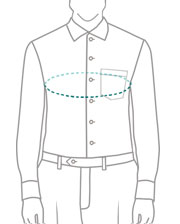
|
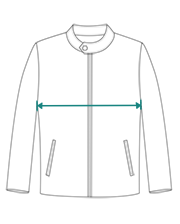
|
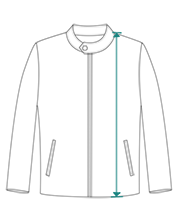
|
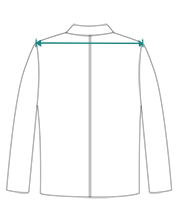
|
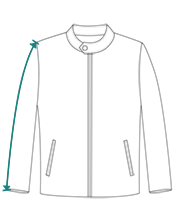
|
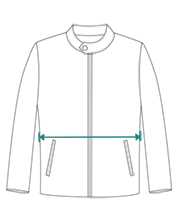
|
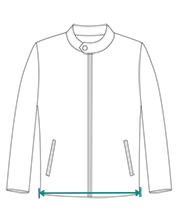
|
| What Size You Need | Suitable For Person With Bust Size | Jacket Bust | Jacket Length | Jacket Shoulder | Jacket Sleeves | Jacket Stomach | Jacket Hem Width |
| 30(XXS) | 29-30 | 34 | 21 | 14 | 23.5 | 30 | 34 |
| 32(XS) | 31-32 | 36 | 21.5 | 14.5 | 24 | 31 | 35.5 |
| 34(S) | 33-34 | 38 | 22 | 15 | 24 | 33 | 37 |
| 36(M) | 35-36 | 40 | 22.5 | 15.5 | 24.25 | 35 | 39 |
| 38(L) | 37-38 | 42 | 22.5 | 16 | 24.5 | 37 | 41 |
| 40(XL) | 39-40 | 44 | 23 | 16.5 | 25 | 39 | 43 |
| 42(2XL) | 41-42 | 46 | 23.5 | 17 | 25.5 | 41 | 45 |
| 44(3XL) | 43-44 | 48 | 24 | 17.5 | 26 | 43 | 47 |
| 46(4XL) | 45-46 | 50 | 24.5 | 18 | 26.5 | 45 | 49 |
| Age | Jacket Length | Jacket Chest | Shoulder | Sleeves | Pants Waist | Pants Length |
| 12m | 16 | 22 | 11 | 11 | 16-19 | 20 |
| 18m | 17 | 24 | 11.5 | 12 | 17-20 | 21 |
| 24m | 18 | 26 | 12 | 13 | 18-21 | 22 |
| 4 | 19.5 | 28 | 13 | 15 | 22-24 | 26.5 |
| 5 | 20.5 | 30 | 13 | 15.5 | 23-25 | 28 |
| 6 | 21.5 | 31 | 13.5 | 16.5 | 24-26 | 29 |
| 7 | 22.5 | 32 | 13.5 | 17.5 | 25-27 | 30 |
| 8 | 23.5 | 33 | 14 | 18.5 | 26-28 | 32 |
| 10 | 25 | 34 | 14.5 | 19.5 | 27-29 | 34 |
| Avg Sizes(US) | Avg Waist Measurements | Avg Hip Measurement | Natural Waist | Low Hip | Regular Lenth | Mini Length |
| XS (0-2) | 27 | 35 | 27 | 35 | 20 | 13.5 |
| S (4-6) | 29 | 37 | 28 | 36 | 20 | 13.5 |
| M (8-10) | 31 | 38 | 30 | 38 | 20 | 14 |
| L (12-14) | 34 | 42 | 33 | 41 | 21 | 14.5 |
| XL (16-18) | 38 | 46 | 37 | 45 | 21.5 | 15 |
| XXL (20) | 41 | 49 | 41 | 49 | 22 | 16 |
| XXXL (22-24) | 44 | 52 | 43 | 51 | 22.5 | 16.5 |
| Size | Waist (in Inches) | Total Length (in Inches) |
| S | 20-28 | 70 |
| M | 28-36 | 88 |
| L | 32-42 | 102 |
| XL | 40-52 | 120 |
| XXL | 46-60 | 142 |
| Size | Waist | Seat | FR | Thighs | Knees | Leg Opening |
| 29 | 30.5 | 36 | 9.25 | 23 | 16 | 15.25 |
| 30 | 31.5 | 37 | 9.5 | 23.25 | 16 | 15.5 |
| 31 | 32.5 | 38 | 9.75 | 23.5 | 16.25 | 15.75 |
| 32 | 33.5 | 39 | 10 | 24 | 16.5 | 16 |
| 33 | 34.5 | 40 | 10 | 24.5 | 16.75 | 16.25 |
| 34 | 35.5 | 41 | 10.25 | 25 | 17 | 16.5 |
| 35 | 36.5 | 42 | 10.25 | 25.5 | 17.25 | 16.5 |
| 36 | 37.5 | 43 | 10.25 | 26 | 17.5 | 16.75 |
| 37 | 38.5 | 44 | 10.5 | 26.25 | 18 | 17 |
| 38 | 39.5 | 45 | 10.5 | 26.5 | 18.25 | 17.25 |
| 39 | 40.5 | 47 | 10.5 | 27.5 | 18.75 | 17.5 |
| 40 | 42 | 48.5 | 10.5 | 27.75 | 19 | 18 |
| 42 | 44 | 50 | 11 | 28 | 19.5 | 18.5 |
| 44 | 46 | 52 | 11.25 | 29 | 20 | 19 |
| 46 | 48 | 54 | 11.5 | 30.5 | 21 | 19.5 |
| 48 | 50 | 56 | 11.75 | 32 | 21.5 | 20 |
| 50 | 52.5 | 58 | 12 | 33.5 | 22 | 20.5 |
| 52 | 54.5 | 60 | 12.5 | 34.5 | 23 | 20.5 |
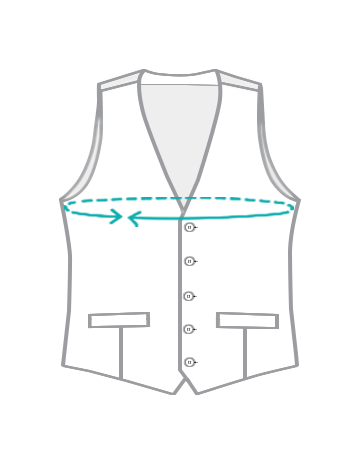
|
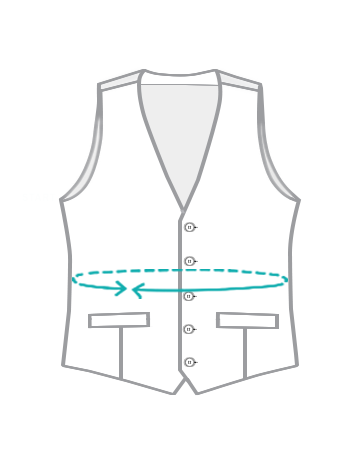
|
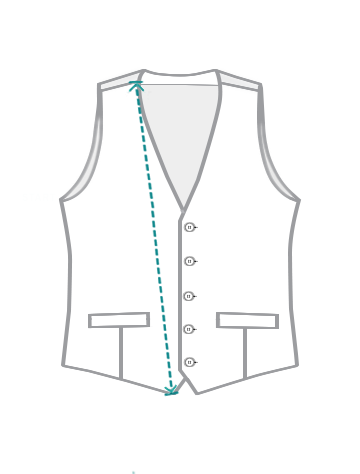
|
| Size | Chest | Stomach | Length |
| 36 | 39.5 | 37 | 24 |
| 38 | 41.5 | 39 | 24 |
| 40 | 43.5 | 41 | 24.5 |
| 42 | 45.5 | 43 | 25 |
| 44 | 47.5 | 45 | 26 |
| 46 | 49.5 | 47 | 26.5 |
| 48 | 51.5 | 49 | 27 |
| 50 | 54 | 51 | 28 |
| 52 | 56 | 53 | 29 |
| 54 | 58 | 55 | 29 |
| 56 | 60 | 57 | 29.5 |
| 58 | 62 | 59 | 29.5 |
| 60 | 64.5 | 61 | 30 |
| 62 | 66.5 | 63 | 30 |
| Size | Chest | Stomach | Length |
| 36 | 39.5 | 37 | 23.5 |
| 38 | 41.5 | 39 | 23.5 |
| 40 | 43.5 | 41 | 24 |
| 42 | 45.5 | 43 | 24.5 |
| 44 | 47.5 | 45 | 25.5 |
| 46 | 49.5 | 47 | 26 |
| 48 | 51.5 | 49 | 26.5 |
| 50 | 54 | 51 | 27.5 |
| 52 | 56 | 53 | 29 |
| 54 | 58 | 55 | 29 |
| 56 | 60 | 57 | 29 |
| 58 | 62 | 59 | 29.5 |
| 60 | 64.5 | 61 | 30 |
| 62 | 66.5 | 63 | 30 |
| Size | Chest | Stomach | Length |
| 36 | 39.5 | 37 | 24.5 |
| 38 | 41.5 | 39 | 24.5 |
| 40 | 43.5 | 41 | 25 |
| 42 | 45.5 | 43 | 25.5 |
| 44 | 47.5 | 45 | 26.5 |
| 46 | 49.5 | 47 | 27 |
| 48 | 51.5 | 49 | 27.5 |
| 50 | 54 | 51 | 28.5 |
| 52 | 56 | 53 | 30 |
| 54 | 58 | 55 | 30 |
| 56 | 60 | 57 | 30.5 |
| 58 | 62 | 58 | 31 |
| 60 | 64.5 | 61 | 31.5 |
| 62 | 66.5 | 63 | 31.5 |

|

|

|

|

|

|
| What Size You Need |
Suitable For Person With Chest Size
If you measure in between, it is recommended to go one size up.
|
Jacket Chest | Jacket Length | Jacket Shoulder | Jacket Sleeves | Jacket Stomach |
| XS(34) | 34 | 40 | 25.5 | 17.5 | 24.5 | 38 |
| S(36) | 36 | 42 | 26 | 18 | 25 | 40 |
| M(38) | 38 | 44 | 27 | 18.5 | 25.5 | 42 |
| L(40) | 40 | 46 | 27.5 | 19 | 25.5 | 44 |
| XL(42) | 42 | 48 | 28 | 19 | 26 | 46 |
| 2XL(44) | 44 | 51 | 29 | 20 | 26.5 | 49 |
| 3XL(46) | 46 | 54 | 29.5 | 21 | 26.5 | 52 |
| 4XL(48) | 48 | 58 | 30 | 22 | 26.5 | 56 |

|

|

|

|

|

|
| What Size You Need |
Suitable For Person With Chest Size
If you measure in between, it is recommended to go one size up.
|
Jacket Chest | Jacket Length | Jacket Shoulder | Jacket Sleeves | Jacket Stomach |
| XS(34) | 34 | 40 | 25.5 | 17.5 | 24.5 | 38 |
| S(36) | 36 | 42 | 26 | 18 | 25 | 40 |
| M(38) | 38 | 44 | 27 | 18.5 | 25.5 | 42 |
| L(40) | 40 | 46 | 27.5 | 19 | 25.5 | 44 |
| XL(42) | 42 | 48 | 28 | 19 | 26 | 46 |
| 2XL(44) | 44 | 51 | 29 | 20 | 26.5 | 49 |
| 3XL(46) | 46 | 54 | 29.5 | 21 | 26.5 | 52 |
| 4XL(48) | 48 | 58 | 30 | 22 | 26.5 | 56 |
